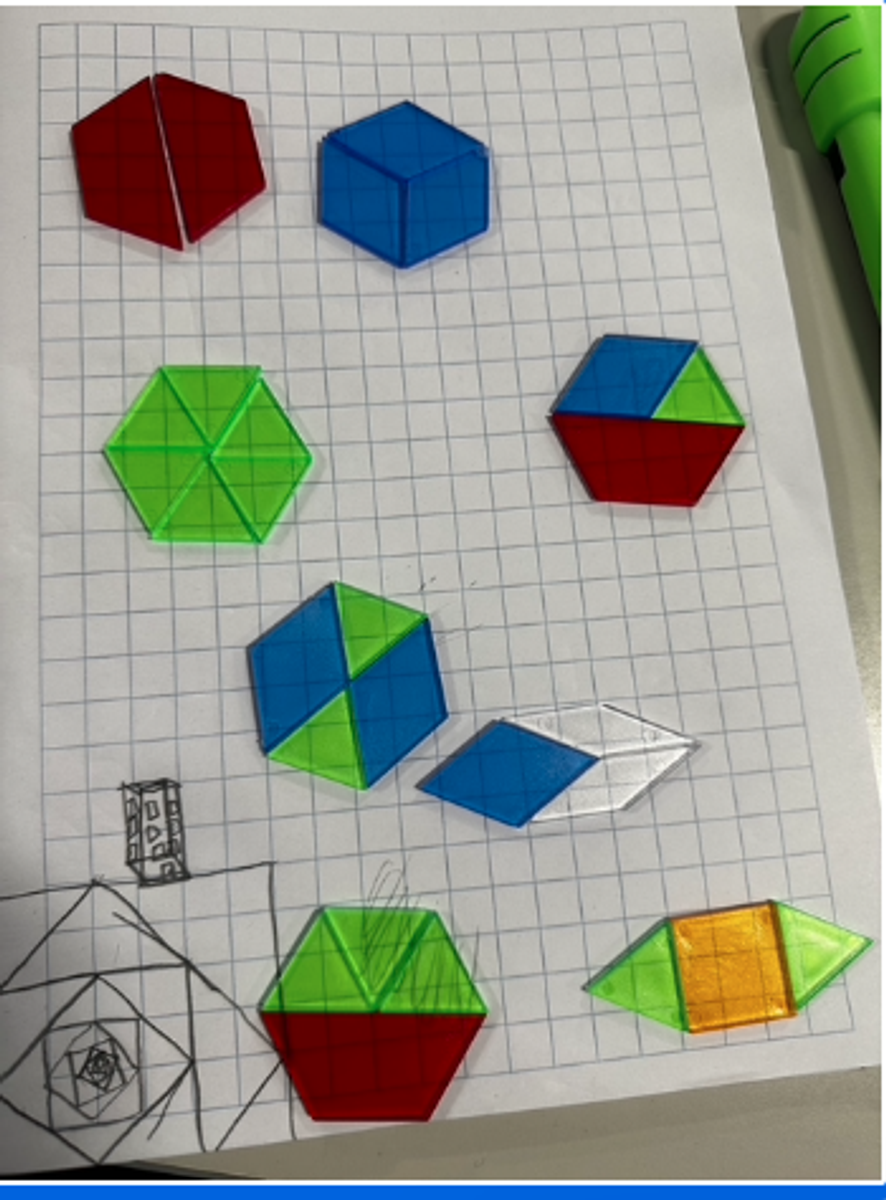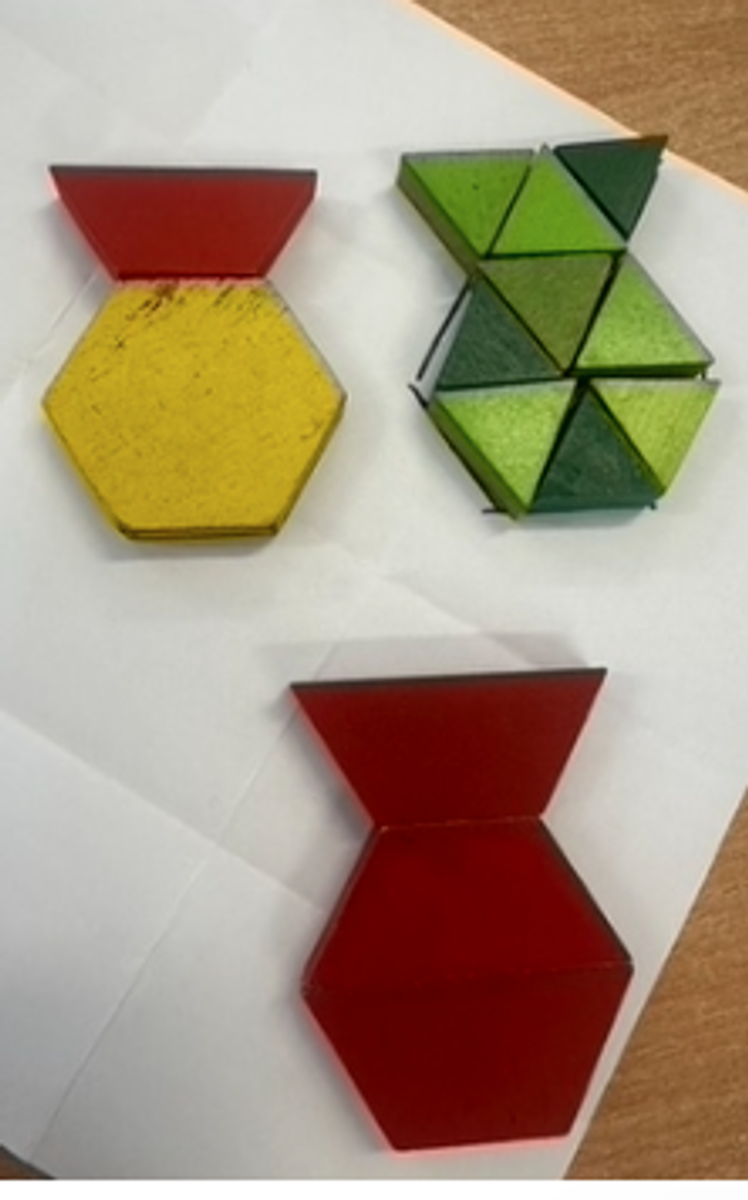Mathematics at ENPS

Learning in Mathematics Version 2.0
Proficiency in Mathematics
The proficiencies of Understanding, Fluency, Reasoning and Problem-solving are embedded in all six strands of the Mathematics Curriculum 2.0 that will begin being taught in 2025. The proficiencies across mathematics support the development of increasingly sophisticated knowledge and understanding of mathematical concepts, fluency in representations and procedures, and sound mathematical reasoning and problem-solving skills. Proficiency in mathematics enables students to respond to familiar and unfamiliar situations by employing mathematical processes to solve problems efficiently and to make informed decisions. Proficiency in mathematics also enables students to reflect on and evaluate approaches, and verify that answers and results are reasonable in the context.
A Focus on Reasoning
Reasoning
Mathematics emphasises mathematical reasoning as central to thinking and working mathematically and as a critical component of proficiency in mathematics. Mathematical reasoning guides students in developing an increasingly sophisticated capacity for logical thought and actions, such as conjecturing, hypothesising, analysing, proving, experimenting, modelling, evaluating, explaining, inferring, justifying, refuting, abstracting and generalising. Students are reasoning mathematically when they explain their thinking, deduce and justify strategies used and conclusions reached, adapt the known to the unknown, transfer learning from one context to another, make inferences about data or the likelihood of events, and prove that something is true or false. They are reasoning when they compare and contrast related ideas, and reflect on and explain their choices.
Ways we develop reasoning skills at school and at home:
1. Incorrect Solution
Students identify what's incorrect in a solution. They use logic and build rigour in their thinking. Great to use for commonly confused skills.
2. What’s The Question?
Give students an answer. They come up with the question. Working backwards requires flexibility. Students will look at familiar ideas in a different way.
3. Card Sort
Students match up different representations of a concept, e.g. times tables (e.g. 3 x 5, 4 x 6) with their products and arrays. They explain and justify why the representations match.
4. Solve In Different Ways
Students solve a problem in different ways. By comparing the methods, students identify which method is best for a given context.
5. Always, Sometimes or Never?
Ask this question to dispel misconceptions. For example, does subtracting always, sometimes or never make a number smaller? Students search for counter-examples and use evidence and logic to justify their ideas.
Why not find out more about how we teach mathematics at ENPS by joining our parent/carer information session on Wednesday 23rd October from 2:15-3:15pm. Check out the following Family Maths Afternoon page for more information.
Melissa Paola
Mathematics Learning Specialist and Year Six Teacher



